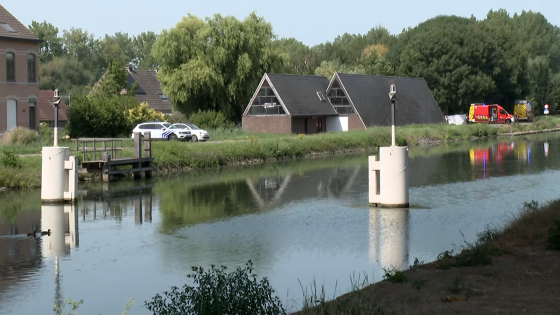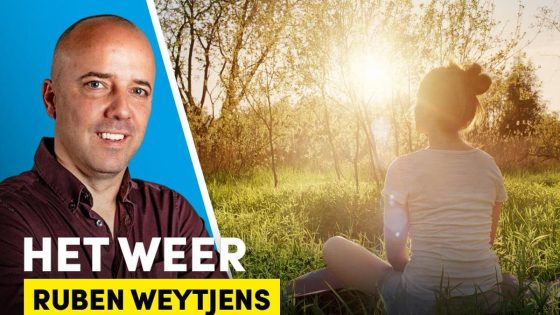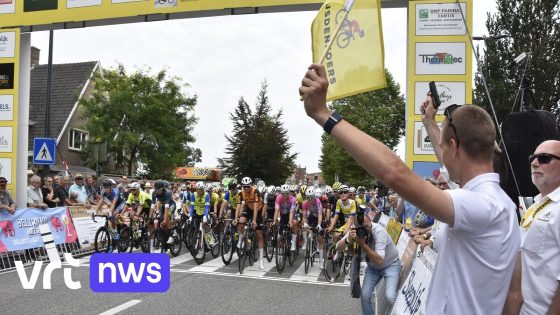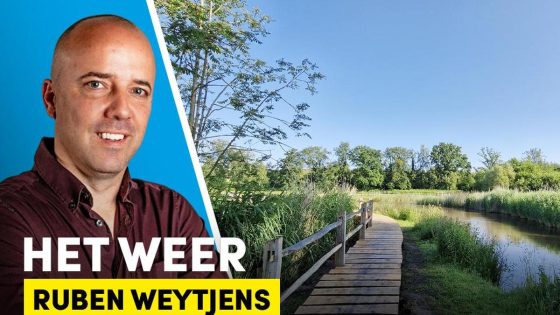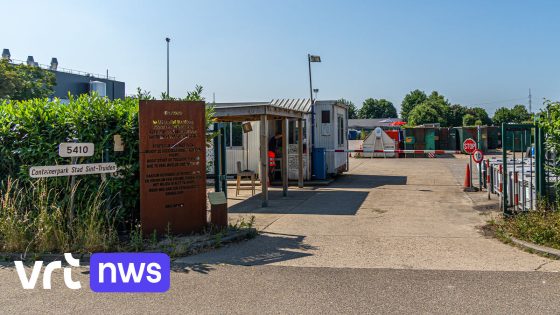Herb cultivation is gaining momentum in Limburg, with basil leading the way. On 2025-08-02 17:55:00, farmer Tom Machiels harvested three hectares of basil in Beringen, marking a significant step in the region’s agricultural shift. This event highlights the growing demand and local enthusiasm for fresh, aromatic herbs.
- Basilicum geoogst op 3 hectare land
- Tom Machiels teelt kruiden in Beringen
- Kruidenteelt groeit in Limburg regio
- 2.676 hectare landbouwgrond gebruikt voor kruiden
- Kruiden beslaan 2,6% landbouwoppervlakte Limburg
Currently, about 2,676 hectares of farmland in Limburg are dedicated to growing herbs, which represents 2.6 percent of the province’s total agricultural land. But why is herb farming becoming so popular here, and what does this mean for local farmers and consumers?
As herb cultivation climbs in popularity, it raises questions about sustainability and economic opportunities in Limburg’s agricultural sector. Let’s explore the key factors behind this trend and its impact on the region.
What drives this surge in herb farming? Is it a response to consumer demand or a strategic move by farmers? The growing herb acreage suggests several factors at play:
- Herbs require less space and can yield high-value crops.
- Consumers seek fresh, locally grown ingredients for cooking and wellness.
- Farmers diversify crops to increase resilience and income streams.
- Herb farming supports sustainable agriculture with lower environmental impact.
Looking ahead, will more Limburg farmers embrace herb cultivation? Supporting local herb growers could strengthen the region’s economy and meet rising consumer demand. Stay tuned as Limburg’s herb farming story unfolds.





